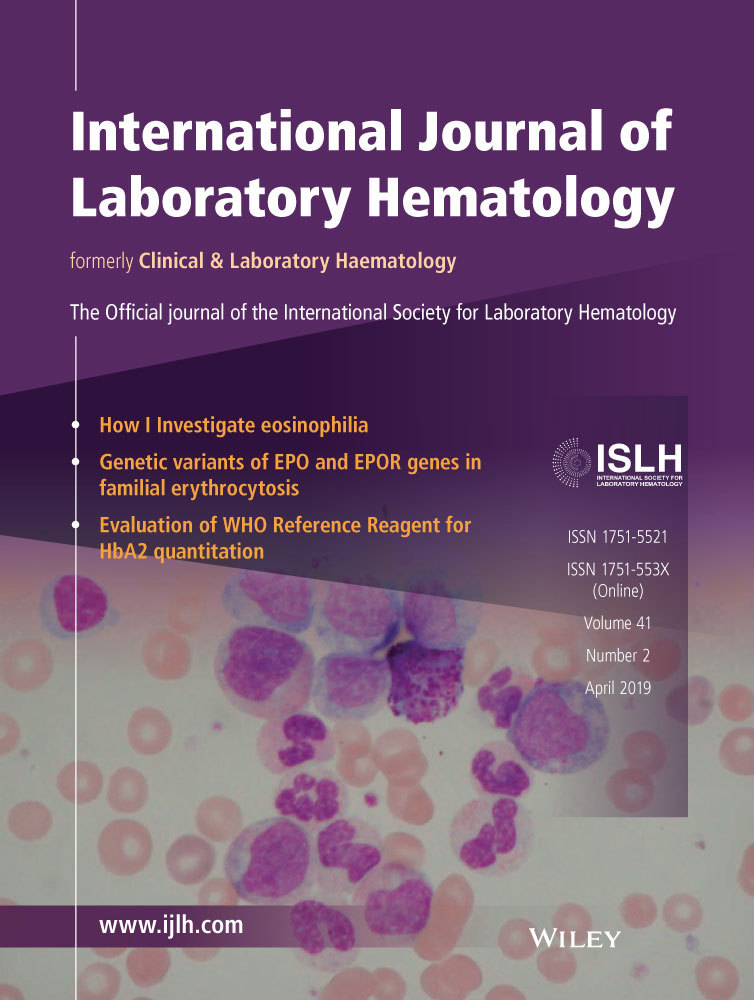Evaluation of next-generation sequencing-based clonality analysis of T-cell receptor gamma gene rearrangements based on a new interpretation algorithm
Abstract
Introduction
T-cell receptor gene (TRG) rearrangement profiling is an essential component of the workup at diagnosis of T-cell malignancies. TRG amplification by polymerase chain reaction (PCR) and analysis by capillary electrophoresis (PCR-CE) is mostly widely used but is hampered by a subjective interpretation of its results and possible false-positive interpretation of clonality. Several studies evaluated the advantage of TRG rearrangement analysis by Next Generation Sequencing (TRG-NGS), however few have proposed an adequate data interpretation algorithm.
Methods
Eighty five fresh and 36 formalin-fixed paraffin embedded (FFPE) diagnostic samples suspected for a lymphoproliferative disorder were analyzed by PCR-CE and TRG NGS. Final clinical diagnosis was available for all fresh samples. Reproducibility, analytical specificity and sensitivity of the TRG NGS analysis was evaluated.
Results
We propose a new interpretation algorithm for TRG NGS data analysis. PCR-CE and TRG NGS showed identical results in 66/85 (78%) of fresh samples. Sensitivities to detect T-cell malignancies were comparable (96% versus 92%, respectively). The analysis of FFPE material was significantly more successful by TRG NGS (34/36 cases) in respect to PCR-CE (16/36 cases), most likely due to the small size of the amplicons.
Conclusion
Assessment of T-cell clonality by TRG NGS has a significant added value in the diagnosis of T-cell disorders as an adjunct to PCR-CE, particularly in difficult to interpret cases or when analyzing FFPE samples.




